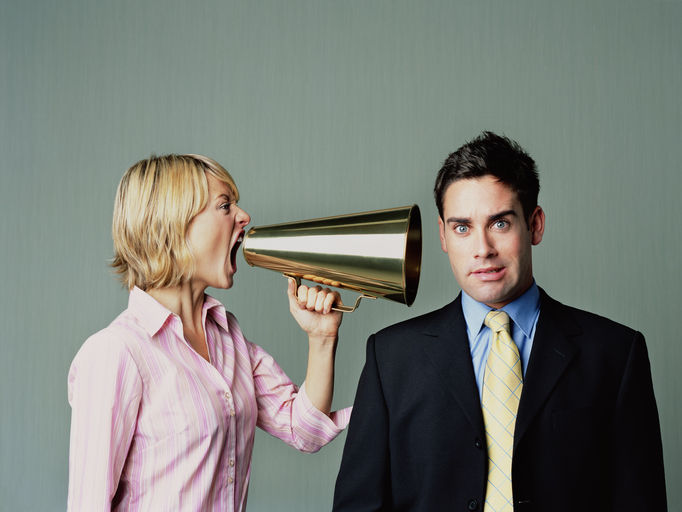The two Australian states where it’s a buyers’ market
Property values have experienced strong growth around the country, but there are two highly desirable areas where oversupply is putting downward pressure on sales
While property values are rising strongly in most markets across Australia, it’s a vastly different story in Victoria and Tasmania, new data from CoreLogic shows. Over the 12 months to May 31, the median house price lifted just 1.8 percent in Melbourne and fell 0.6 percent in regional Victoria. The median dipped 0.1 percent in Hobart and ticked 0.4 percent higher in regional Tasmania. This is in stark contrast to Perth, where values are up 22 percent, and regional Western Australia, up 14.8 percent; as well as Brisbane, up 16.3 percent, and regional Queensland, up 11.8 percent.
CoreLogic Head of Research, Eliza Owen says an oversupply of homes for sale has weakened prices in Victoria and Tasmania, creating buyers’ markets.
“On the supply side, there has been more of a build-up in new listings than usual across Victoria, even where home value performance has been relatively soft,” Ms Owen said. “Victoria has also had more dwellings completed than any other state and territory in the past 10 years, keeping a lid on price growth. The additional choice in stock … means vendors have to bring down their price expectations, and that brings values down.”
Melbourne dwelling values are now four percent below their record high and Hobart dwelling values are 11.5 percent below their record high. Both records were set more than two years ago in March 2022. The oversupply has also affected how long it takes to sell a property. The median days on market is currently 36 in Melbourne and 45 in Hobart compared to a combined capitals median of 27. It takes 55 days to sell in regional Victoria and 64 days in regional Tasmania compared to a combined regional median of 42 days.
Changes in population patterns have also contributed to higher numbers of homes for sale in recent years. Since COVID began in early 2020, thousands of families have left Melbourne because working from home meant they could buy a bigger property in more affordable areas. While many relocated to regional Victoria, a significant proportion left the state altogether, with South-East Queensland a favoured destination. Meantime, Tasmania’s surge in interstate migration during FY21 was short-lived. Data from the Australian Bureau of Statistics shows the island state has recorded a net loss of residents to other states and territories every quarter since June 2022.
Record overseas migration has more than offset interstate migration losses, thereby keeping Victoria’s and Tasmania’s populations growing. However, the impact of migrants on housing is largely seen in the rental market, so this segment of population gain has done little to support values. Growth in weekly rents has been far stronger than growth in home values over the past year, with rents up 9 percent in Melbourne and 4.8 percent in regional Victoria, and up 1 percent in Hobart and 2.7 percent in regional Tasmania.
This stylish family home combines a classic palette and finishes with a flexible floorplan
Just 55 minutes from Sydney, make this your creative getaway located in the majestic Hawkesbury region.
A Sydney site with a questionable past is reborn as a luxe residential environment ideal for indulging in dining out
Long-term Sydney residents always had handful of not-so-glamourous nicknames for the building on the corner of Cleveland and Baptist Streets straddling Redfern and Surry Hills, but after a modern rebirth that’s all changed.
Once known as “Murder Mall” or “Methadone Mall”, the 1960s-built Surry Hills Shopping Centre was a magnet for colourful characters and questionable behaviour. Today, however, a $500 million facelift of the site — alongside a slow and steady gentrification of the two neighbouring suburbs — the prime corner property has been transformed into a luxury apartment complex Surry Hills Village by developer Toga Group.
The crowning feature of the 122-apartment project is the three-bedroom penthouse, fully completed and just released to market with a $7.5 million price guide.
Measuring 211sqm of internal space, with a 136sqm terrace complete with landscaping, the penthouse is the brand new brainchild of Surry Hills local Adam Haddow, director of architecture at award-winning firm SJB.
Victoria Judge, senior associate and co-interior design lead at SJB says Surry Hills Village sets a new residential benchmark for the southern end of Surry Hills.
“The residential offering is well-appointed, confident, luxe and bohemian. Smart enough to know what makes good living, and cool enough to hold its own amongst design-centric Surry Hills.”
Allan Vidor, managing director of Toga Group, adds that the penthouse is the quintessential jewel in the crown of Surry Hills Village.
“Bringing together a distinct design that draws on the beauty and vibrancy of Sydney; grand spaces and the finest finishes across a significant footprint, located only a stone’s throw away from the exciting cultural hub of Crown St and Surry Hills.”
Created to maximise views of the city skyline and parkland, the top floor apartment has a practical layout including a wide private lobby leading to the main living room, a sleek kitchen featuring Pietra Verde marble and a concealed butler’s pantry Sub-Zero Wolf appliances, full-height Aspen elm joinery panels hiding storage throughout, flamed Saville stone flooring, a powder room, and two car spaces with a personal EV.
All three bedrooms have large wardrobes and ensuites with bathrooms fittings such as freestanding baths, artisan penny tiles, emerald marble surfaces and brushed-nickel accents.
Additional features of the entertainer’s home include leather-bound joinery doors opening to a full wet bar with Sub-Zero wine fridge and Sub-Zero Wolf barbecue.
The Surry Hills Village precinct will open in stages until autumn next year and once complete, Wunderlich Lane will be home to a collection of 25 restaurants and bars plus wellness and boutique retail. The EVE Hotel Sydney will open later in 2024, offering guests an immersive experience in the precinct’s art, culture, and culinary offerings.
The Surry Hills Village penthouse on Baptist is now finished and ready to move into with marketing through Toga Group and inquiries to 1800 554 556.
This stylish family home combines a classic palette and finishes with a flexible floorplan
Just 55 minutes from Sydney, make this your creative getaway located in the majestic Hawkesbury region.























